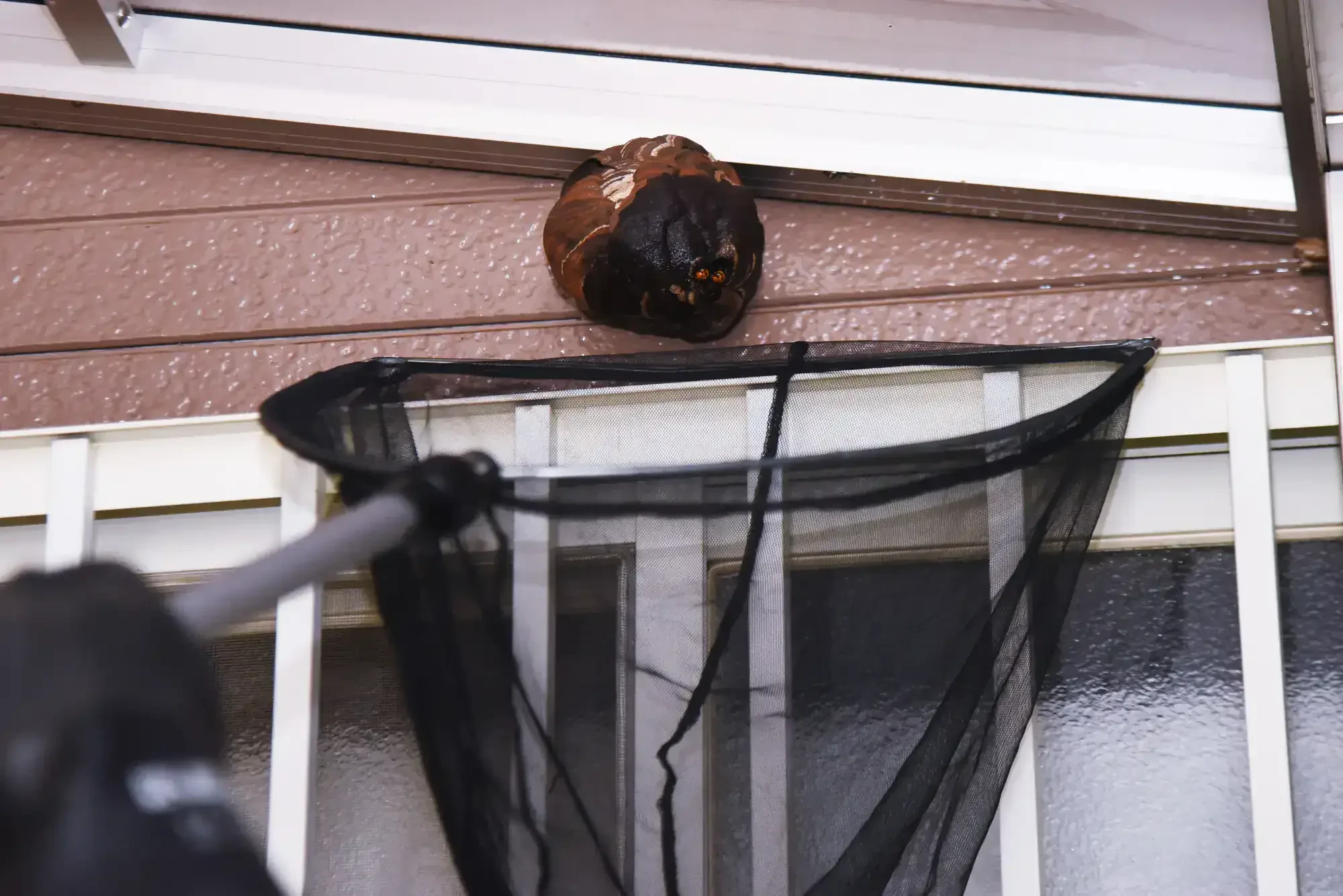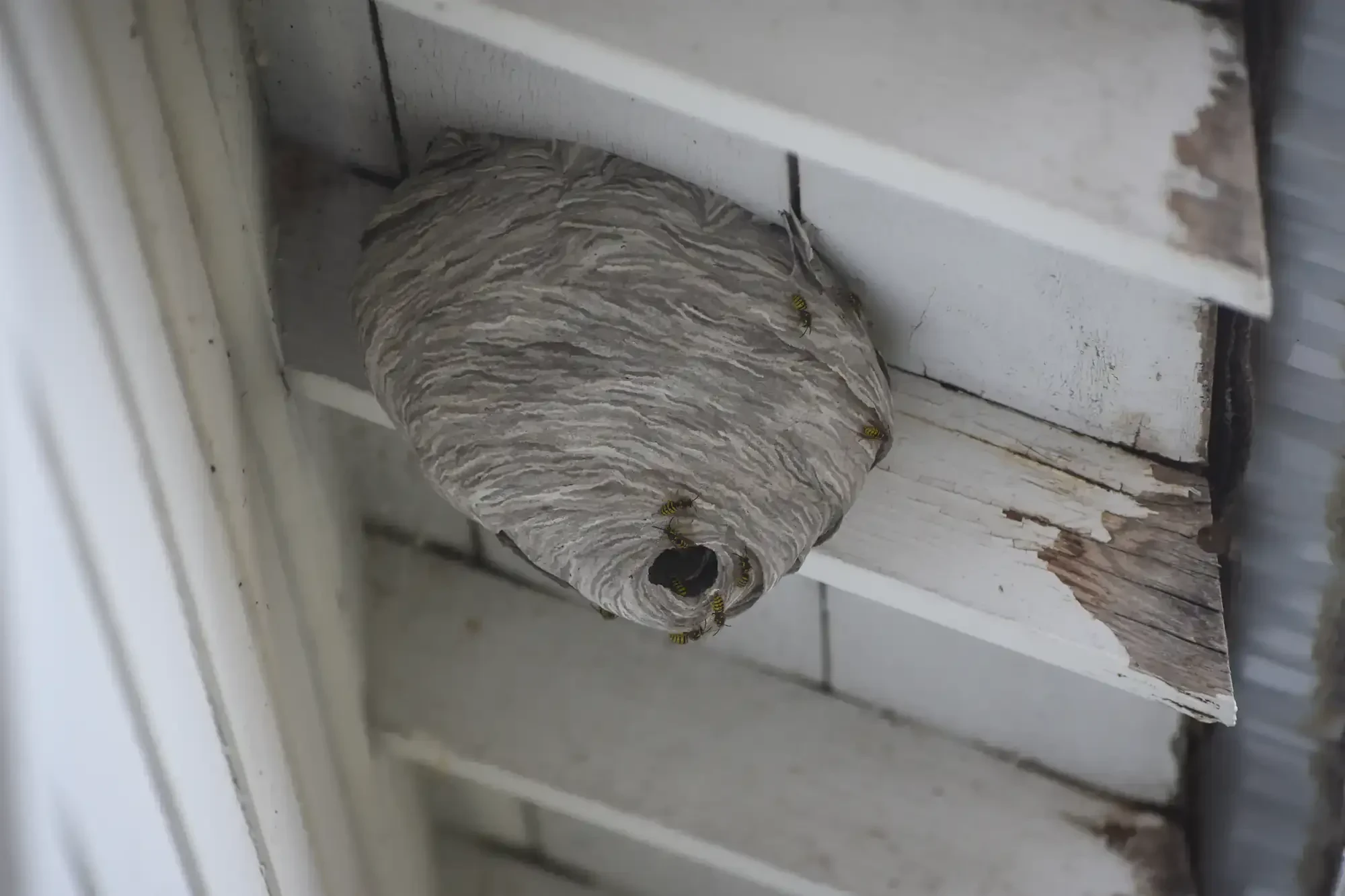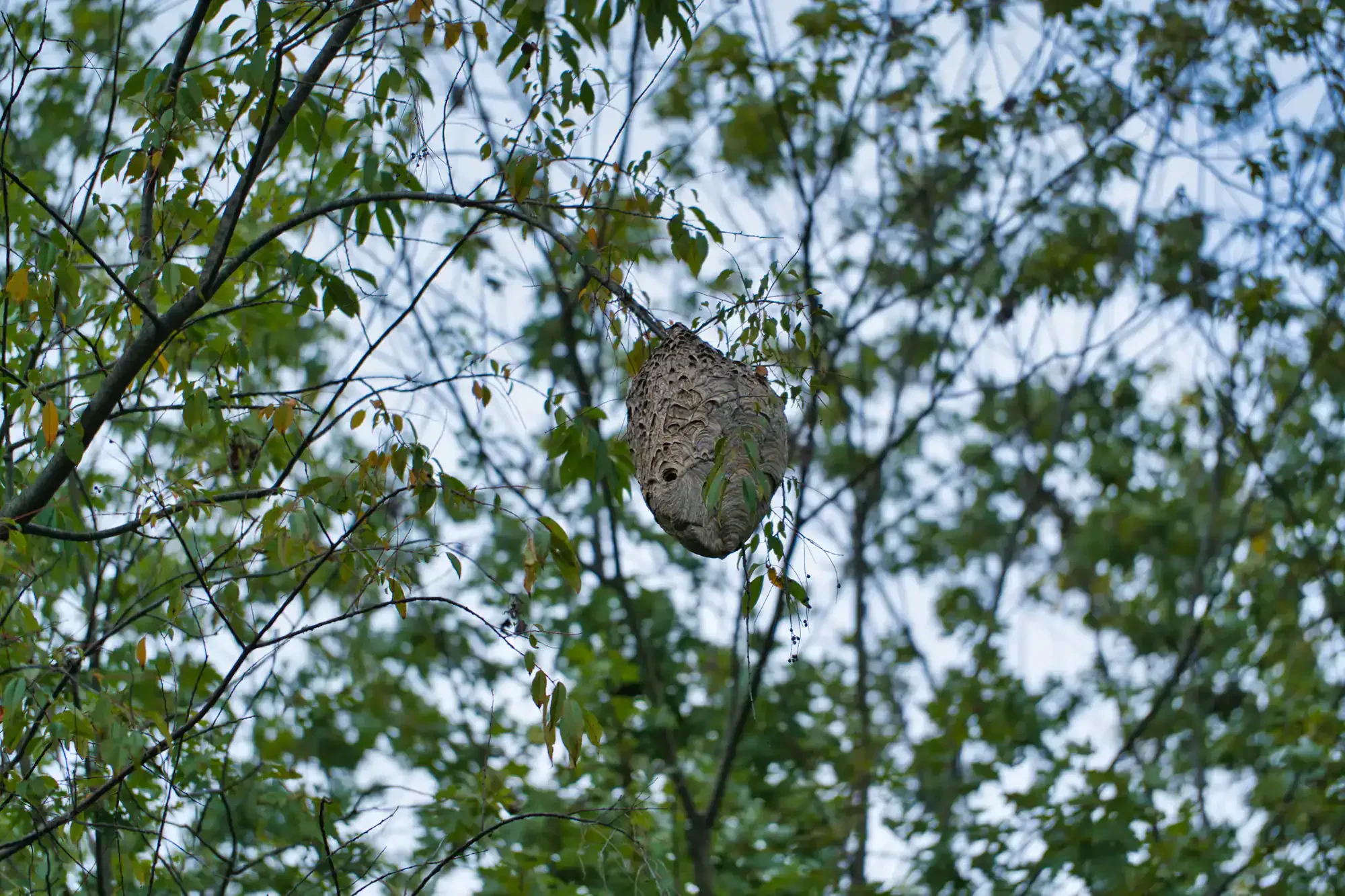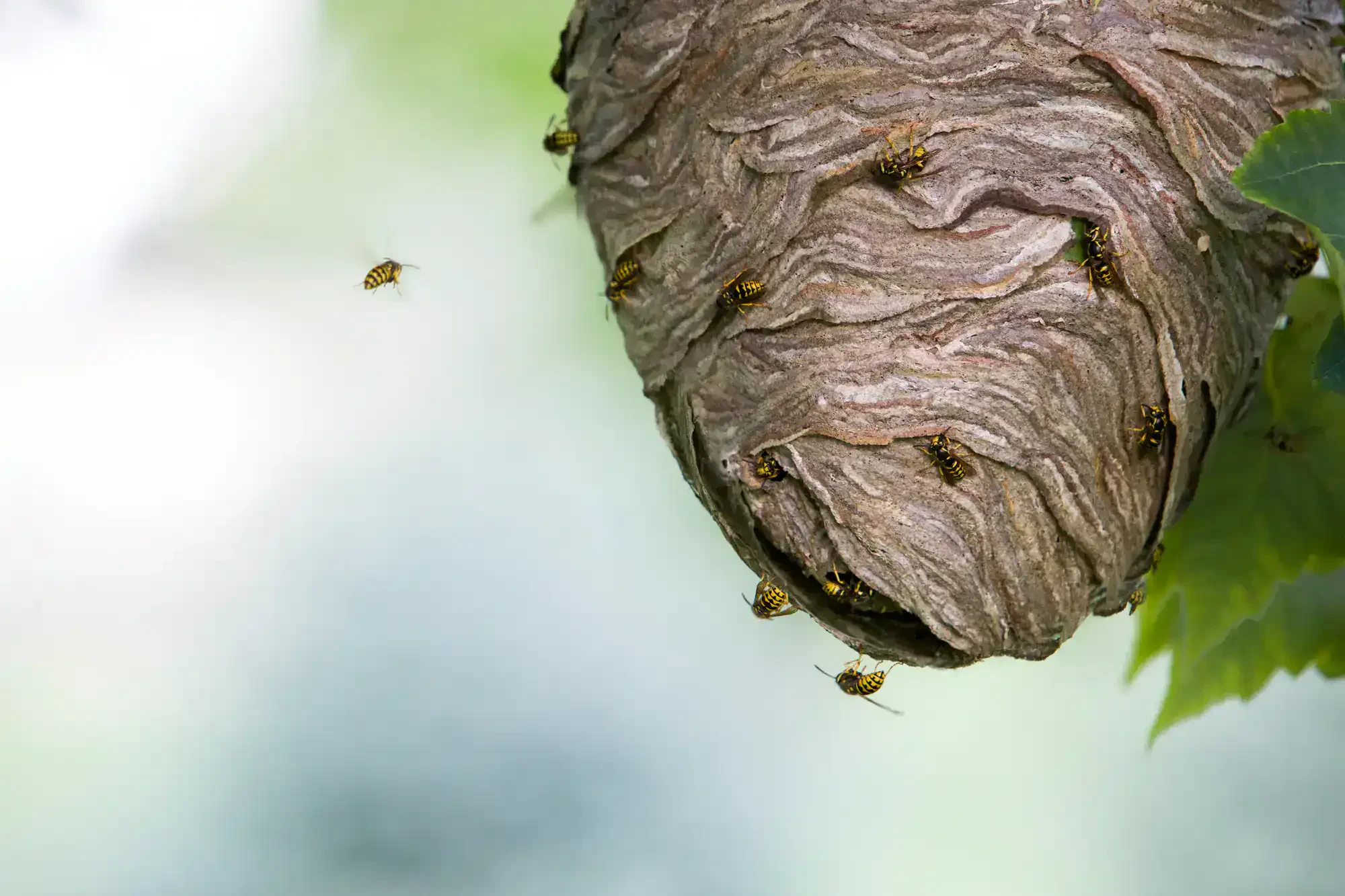Professional yellow jacket elimination for Perry Lake Heights families who need their outdoor spaces safe again – fast.

Hear from Our Customers

Picture this: you step outside without scanning for angry wasps. Your kids run through the yard without you holding your breath. That barbecue you’ve been putting off? It happens without anyone getting stung.
When the nest is gone, really gone, you stop living like a prisoner on your own property. No more cutting garden time short or avoiding the deck during peak wasp hours. Your outdoor spaces become yours again.
The relief hits immediately after proper elimination. You realize how much stress you’d been carrying – that constant vigilance every time you opened the door. Professional treatment doesn’t just kill wasps; it gives you back the simple pleasure of enjoying your own backyard.
We’ve been solving yellow jacket problems in Perry Lake Heights since 2005. Roger’s 26 years of experience mean we’ve seen every type of infestation Oakland County can throw at you.
You get the same technician every time – no rotating college kids or part-time help. Just experienced professionals who understand how yellow jackets behave in Perry Lake Heights’ suburban environment, from the lakefront properties to the wooded subdivisions.
Our integrated pest management training and Angie’s List awards reflect what local families already know: when aggressive wasps threaten your family’s safety, you need someone who’s been eliminating these problems for decades, not learning on the job.

First, we locate the nest. In Perry Lake Heights, most colonies hide underground in old rodent burrows, but we also find them in wall voids, under decks, and tucked into building eaves. Finding the source is everything.
Treatment happens after dark when yellow jackets are inside and less aggressive. We apply professional-grade insecticide dust directly to nest openings using specialized equipment that keeps us safely away from the action. No over-the-counter sprays that just make them angrier.
You stay inside while we work. After treatment, we monitor the area to confirm complete elimination before sealing entry points. This prevents future colonies from using the same location and gives you long-term peace of mind.

Ready to get started?
We eliminate entire colonies, not just the wasps you can see. Perry Lake Heights typically deals with German and Eastern yellow jackets – both species that build massive underground colonies and turn vicious in late summer when protecting their developing queens.
Michigan’s peak season runs August through September when colonies max out at 5,000 members. That’s when you face the real problems – swarms around garbage cans, attacks while mowing, and the constant threat of accidentally stepping on a hidden ground nest.
We offer senior, veteran, and first responder discounts because yellow jacket problems affect everyone differently. Whether you’re dealing with allergic reactions or just want your grandkids to play safely outside, professional elimination is the only approach that actually works long-term.
